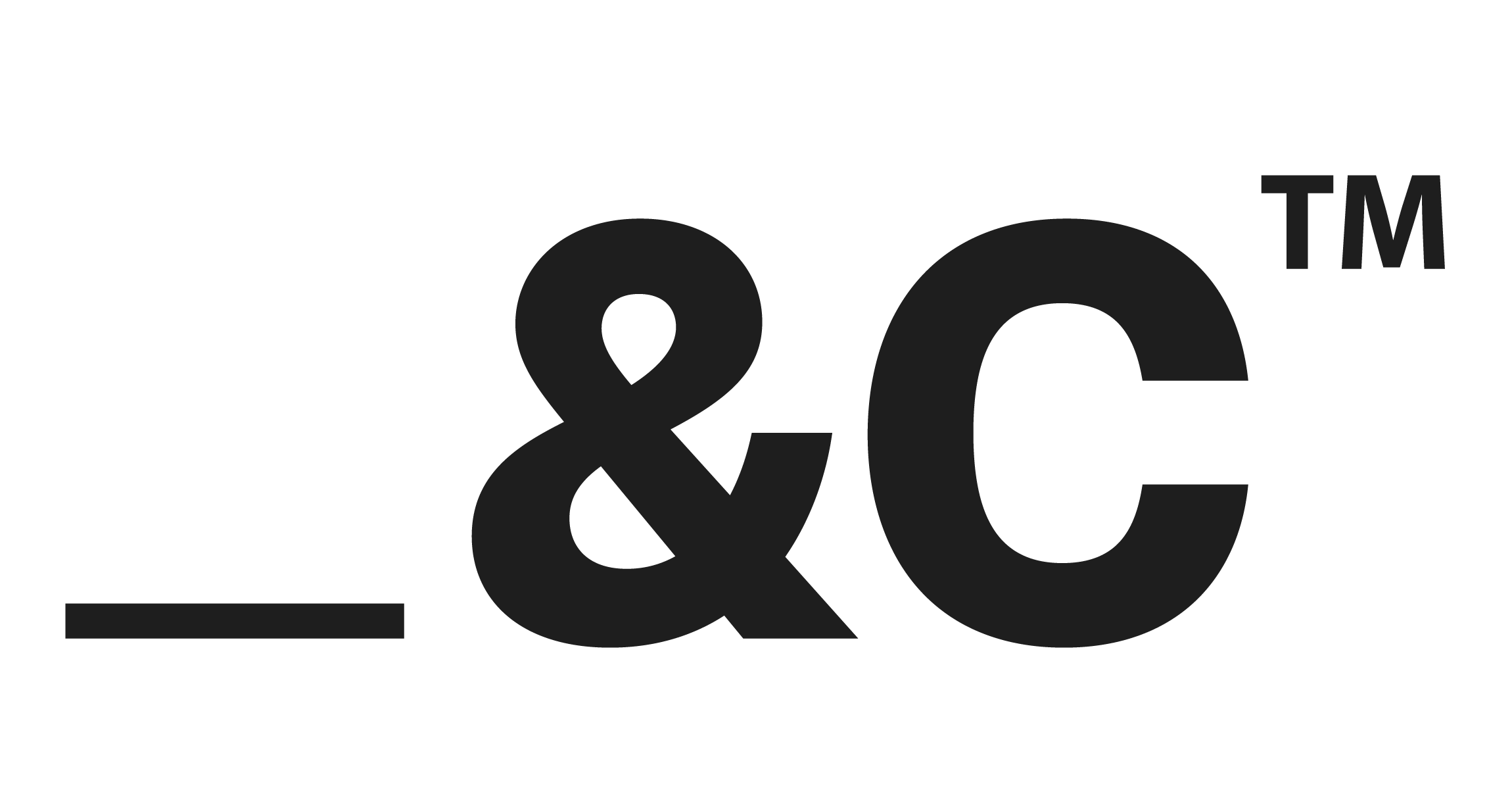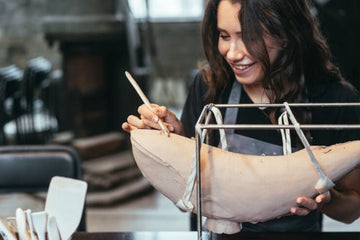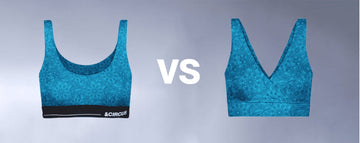Quick Listen:
In the humming textile hubs of Asia, a profound shift is underway. Factories that once fueled the fast-fashion frenzy are now embracing a greener vision, redefining how an everyday essential the bra is crafted. No longer just a functional garment, the bra is emerging as a beacon of sustainability in the innerwear industry. From Tokyo's innovative design studios to the vibrant textile markets of Dhaka, manufacturers are blending style, comfort, and environmental stewardship to meet the demands of a new generation of conscious consumers.
This transformation resonates deeply with brands like AndCircus, a leader in eco-friendly innerwear. Their commitment to sustainable, high-quality bras mirrors a broader movement across Asia, where consumer appetite for greener products is reshaping production. As a global manufacturing powerhouse, Asia is uniquely positioned to drive this change, fueled by a burgeoning middle class and heightened environmental awareness. The global bra market, valued at $36.3 billion in 2022, is projected to reach $59.5 billion by 2032, growing at a compound annual growth rate (CAGR) of 5.2%, with Asia at the forefront of this evolution. What's propelling this shift, and how is it redefining the bra market?
Pioneering Trends in Sustainable Bra Fabrication
Today's bras are more than just wardrobe staples they're statements of sustainability. Manufacturers across Asia are adopting innovative materials like organic cotton, biodegradable fabrics, and recycled fibers to create bras that prioritize both comfort and the planet. A Global Growth Insights report reveals that 40% of consumers now seek sustainable intimate apparel, driving demand for eco-friendly options. These materials offer softness, breathability, and durability, delivering a compelling blend of performance and environmental care.
Technology is revolutionizing production. Techniques like 3D knitting, which reduces fabric waste by creating seamless garments, are gaining momentum in factories from Guangzhou to Ho Chi Minh City. Circular economy principles designing products for recyclability are also taking root, ensuring bras can be repurposed after use. Consumer preferences are evolving rapidly, too. As environmental consciousness rises, shoppers in cities like Beijing and Mumbai are gravitating toward brands using eco-friendly dyes and low-impact production methods. This shift reflects a growing demand for bras that combine quality with ethical values, a trend Asian manufacturers are quick to embrace. The Asia bra market is seeing robust growth, driven by a focus on comfort, functionality, and inclusive designs, further amplified by advancements in fabric technology and a cultural shift toward body positivity.
Real-World Impact: Sustainability in Action
Across Asia, brands large and small are championing sustainable bra production. In Japan, companies are innovating with organic cotton and plant-based dyes, crafting bras that marry luxury with environmental responsibility. In India, brands are leveraging the country's rich textile heritage, using locally sourced sustainable materials to appeal to eco-conscious consumers. These efforts are yielding results: the global intimate apparel market, valued at $178.2 billion in 2024, is expected to grow to $283.6 billion by 2033, with a CAGR of 5.3%. Asia's role in this growth is undeniable, as its manufacturers lead the charge.
Consumer enthusiasm is surging, particularly in e-commerce-driven markets like China, where 40% of intimate apparel purchases occur online. Shoppers are increasingly choosing sustainable bras that offer style and comfort without environmental trade-offs. Manufacturers are responding by adopting certifications like the Global Organic Textile Standard (GOTS), which ensure transparency in supply chains while reducing water use, emissions, and unethical labor practices. From Seoul to Jakarta, this commitment to sustainability is transforming how bras are produced and marketed, setting a new standard for the industry.
Navigating Challenges in the Shift to Sustainability
The transition to sustainable bra fabrication isn't without obstacles. Cost remains a significant barrier. Sustainable materials like organic cotton and recycled polyester are pricier than conventional fabrics, often inflating retail prices. In price-sensitive markets like India or the Philippines, this can deter consumers, forcing manufacturers to innovate to keep costs manageable without compromising quality. Balancing affordability with eco-friendly production is a delicate challenge that demands scale and ingenuity.
Supply chain complexities add another layer of difficulty. Sourcing sustainable materials in a high-speed industry is no small feat organic cotton supplies are limited, and recycled fibers require advanced processing. Maintaining eco-friendly practices across global supply chains is equally challenging, as manufacturers grapple with logistical hurdles and varying environmental regulations. Consumer education poses yet another hurdle. While 65% of intimate apparel buyers prioritize comfort, many remain unaware of the benefits of sustainable bras. Misconceptions that eco-friendly bras lack style or durability persist, requiring brands to invest in compelling marketing to shift perceptions.
Opportunities and Efficiencies: A Path to Growth
Despite these challenges, the opportunities are vast. Sustainability is becoming a key differentiator in a competitive market. Brands like AndCircus are building loyal followings by prioritizing eco-friendly materials, proving that green can be both chic and profitable. Sustainable practices also drive efficiencies. Techniques like 3D knitting and closed-loop recycling reduce waste and lower carbon footprints, saving resources over time. These innovations not only benefit the environment but also enhance long-term profitability.
The business case is compelling. The intimate apparel market's projected growth to $283.6 billion by 2033 underscores Asia's pivotal role, as manufacturers harness innovation to meet rising demand. By aligning with the 40% of consumers who value sustainability, brands can foster loyalty and drive growth. The Asia bra market is thriving, propelled by consumer demand for personalized, high-quality bras that reflect both fashion trends and ethical priorities. This creates a virtuous cycle: sustainable practices attract eco-conscious shoppers, fueling market expansion and encouraging further innovation.
The Future Is Green: A Lasting Legacy for Innerwear
The bra, once a simple undergarment, is now a canvas for change. In Asia, where tradition meets innovation, manufacturers are proving that sustainability and style can coexist. Industry leaders are unequivocal: The move to eco-friendly bras isn't a passing fad it's a necessity, says a prominent sustainable fashion advocate. As consumers demand transparency, brands that innovate will shape the industry's future. Technologies like biodegradable fabrics and circular production are gaining traction, positioning Asia to set a global benchmark for sustainable innerwear.
The outlook is promising. Stricter environmental regulations in countries like China and India will spur further innovation, while younger, eco-conscious consumers continue to drive demand. The global bra market's projected growth to $59.5 billion by 2032 reflects this momentum. The message is clear: Asia's innerwear industry is going green, and the responsibility lies with brands and consumers to sustain this progress. Next time you choose a bra, opt for one that supports not just you, but the planet too.
Frequently Asked Questions
What is driving the shift toward sustainable bra production in Asia?
Growing environmental awareness, rising middle-class demand, and evolving consumer values are key drivers behind Asias move toward sustainable bra manufacturing. Countries like Japan, India, and China are leading with innovations in biodegradable fabrics, ethical production, and eco-friendly dyes to meet the demand for conscious fashion.
What challenges do brands face in scaling sustainable bra manufacturing?
High material costs, limited availability of sustainable fabrics, and complex supply chains are major hurdles. Additionally, educating consumersespecially in price-sensitive marketsabout the value and durability of eco-friendly bras is essential to overcoming misconceptions and driving adoption.
What sustainable materials and technologies are being used in eco-friendly bra fabrication?
Manufacturers are embracing materials like organic cotton, biodegradable fibers, and recycled polyester. Technologies such as 3D knitting and circular production models help reduce fabric waste and carbon emissions, while certifications like GOTS ensure supply chain transparency and ethical labor practices.
Disclaimer: The above helpful resources content contains personal opinions and experiences. The information provided is for general knowledge and does not constitute professional advice.
You may also be interested in: Visual Storytelling Meets Value Shopping in the New Age of
Uncomfortable underwear shouldn't steal your confidence. At Andcircus, we craft ultra-soft, sustainable Lenzing Modal Micro innerwear for every body, XS to 5XL. From briefs to bras, our custom packs fit you perfectly. Shop risk-free with our 100% satisfaction guarantee and embrace comfort that includes everyone. #LoveEveryBody. Shop Now!







































